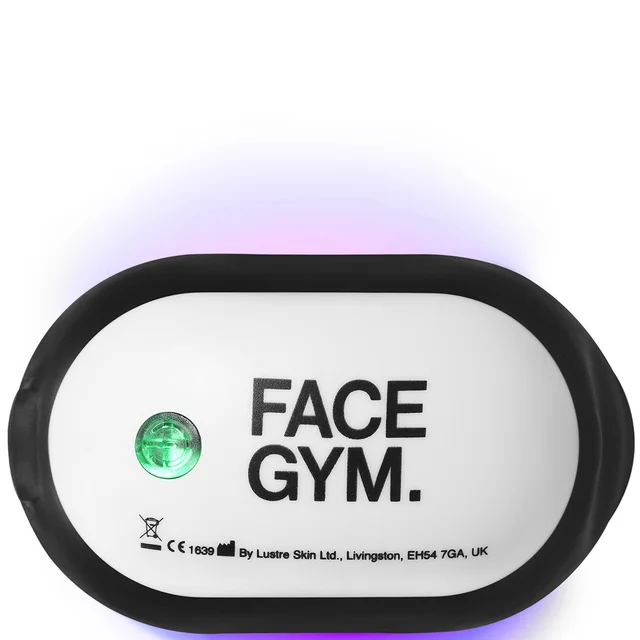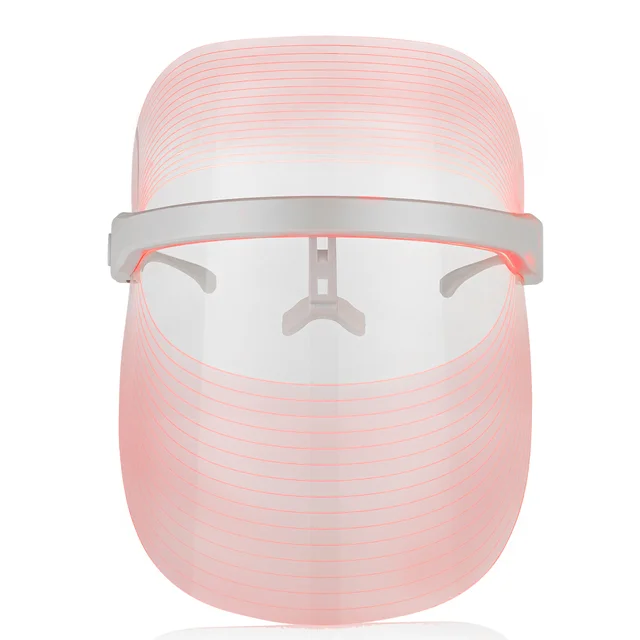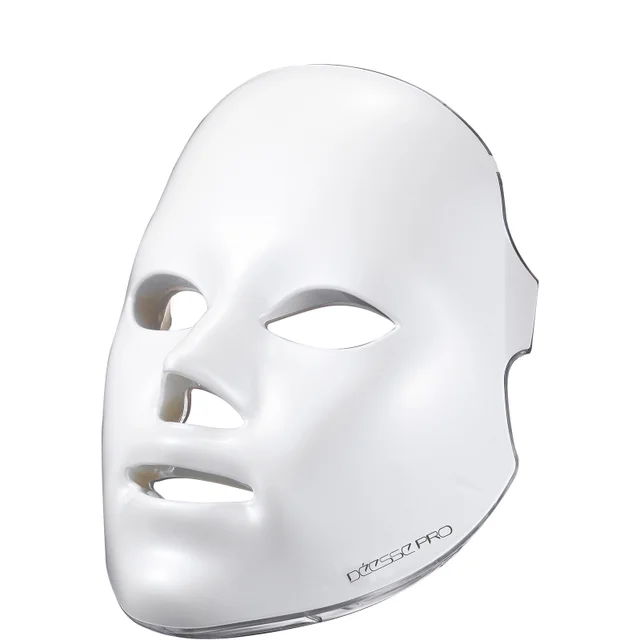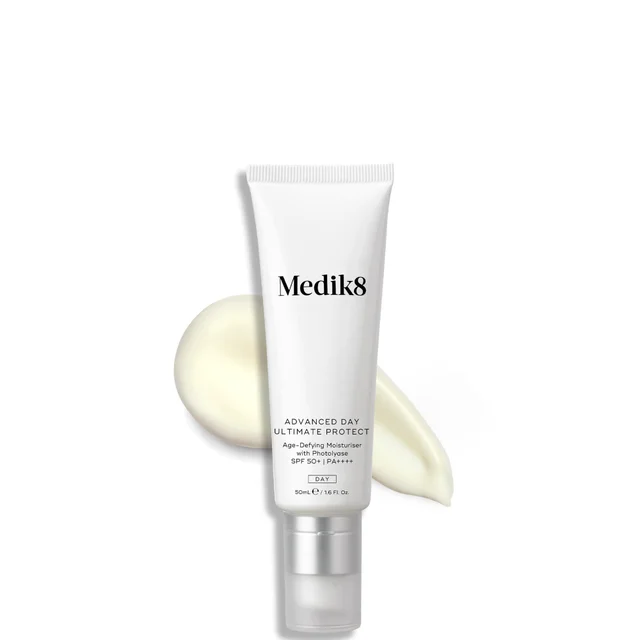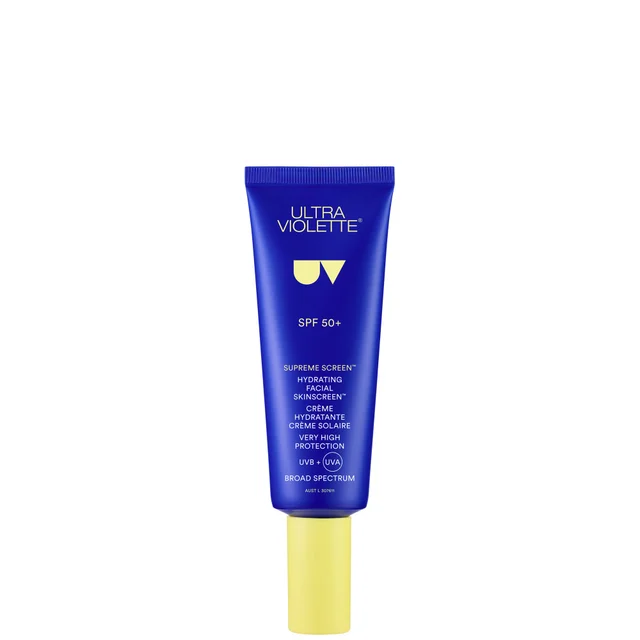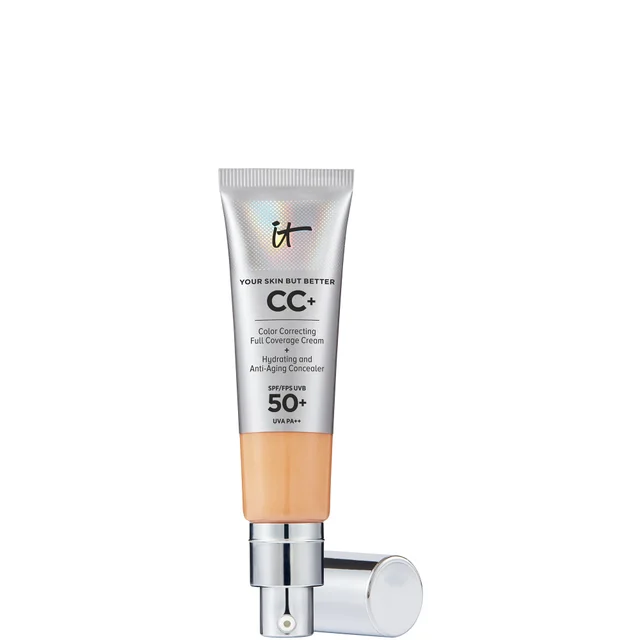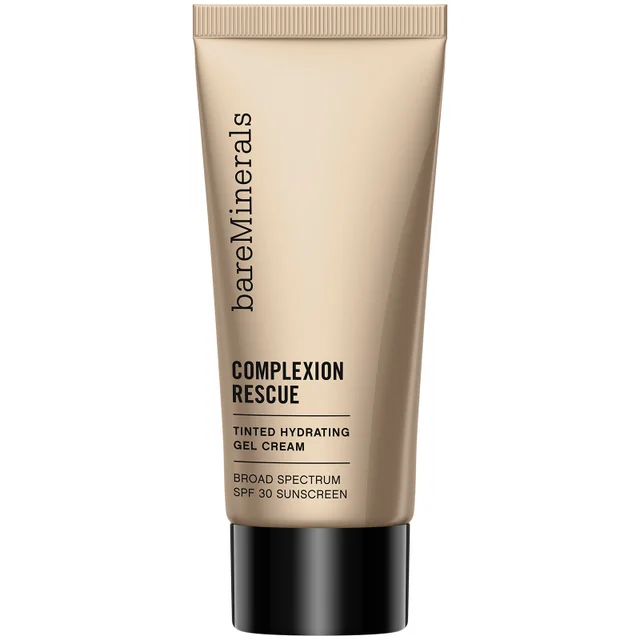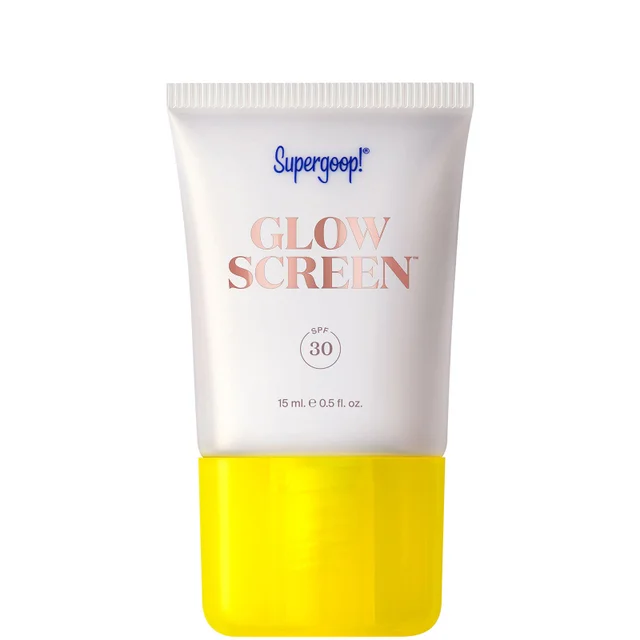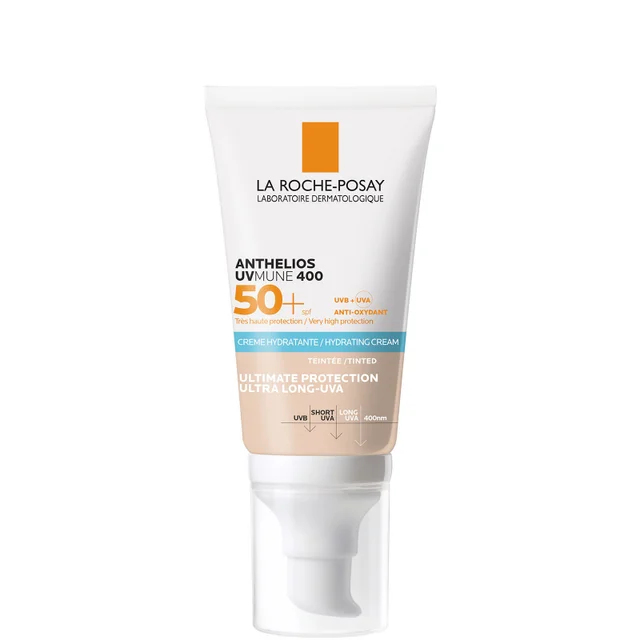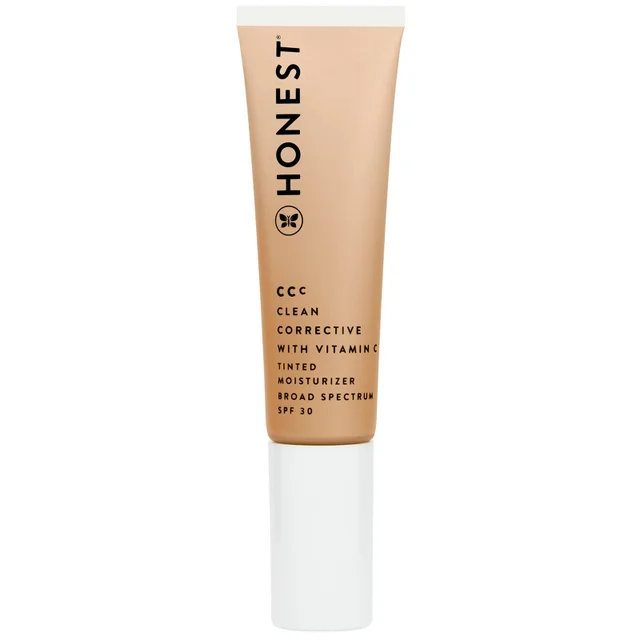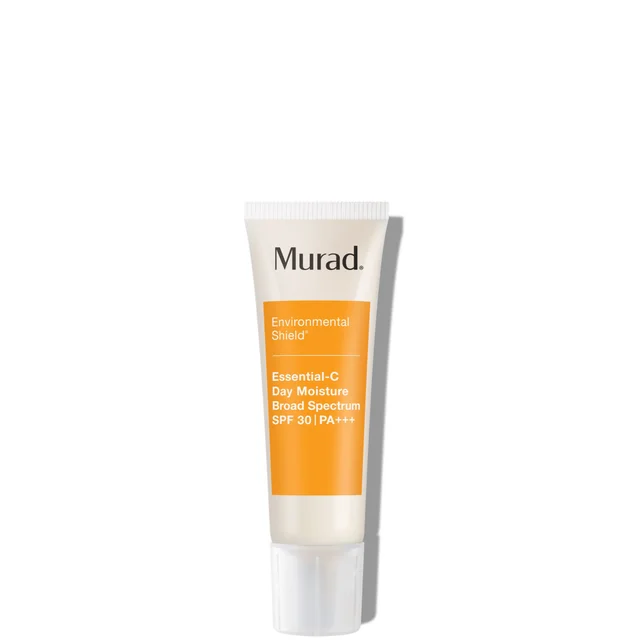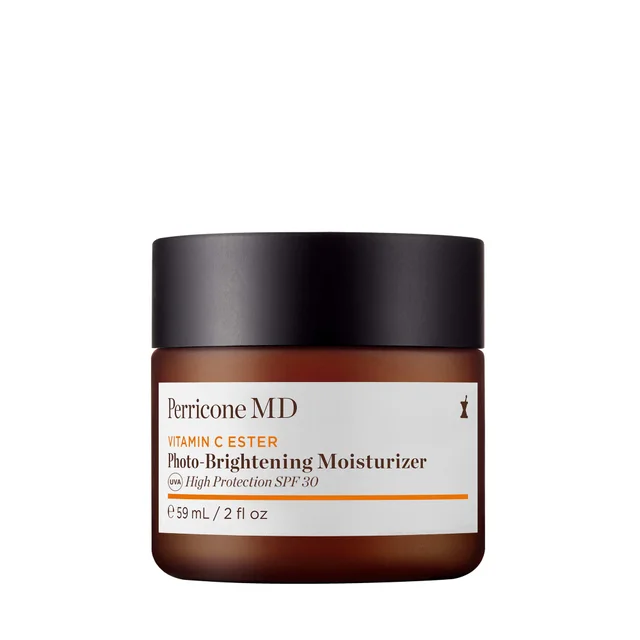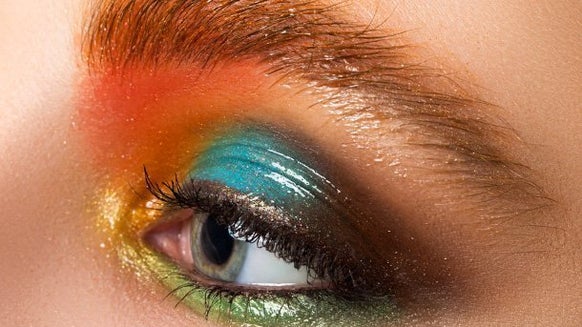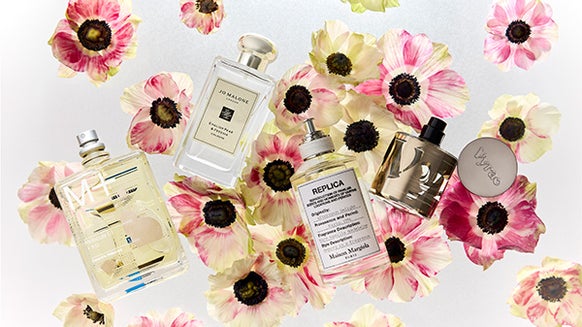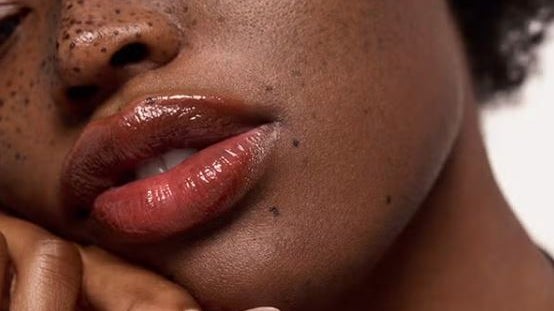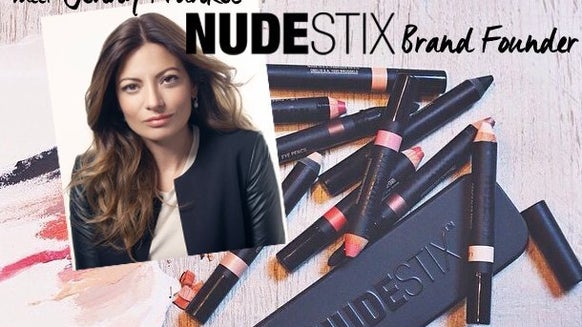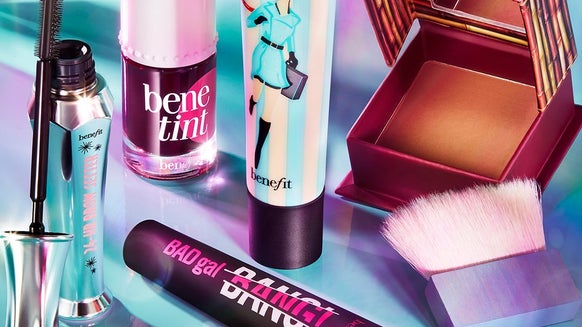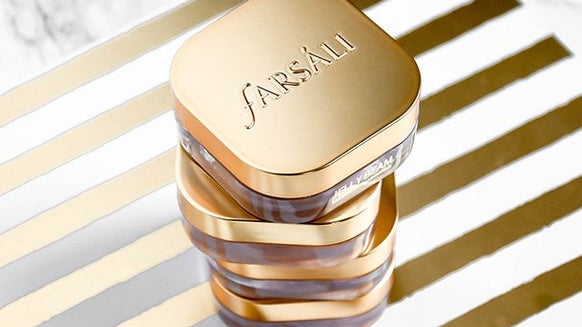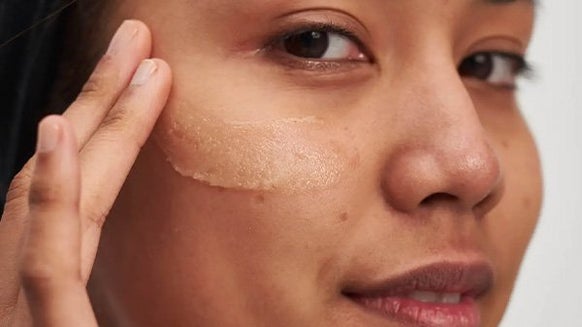HOW TO PROTECT YOUR SKIN FROM BLUE LIGHT
With that in mind, we’re here to set the record straight, and impart our selection of the best blue light skin care, so you can learn how to protect skin from blue light.
First up: What is Blue Light?
Have you ever caught the light reflecting against a ring or glass and noticed the gorgeous rainbow that deflects off it? Have you ever noticed a blue shadow in that line up? Well,
High in energy and frequency, blue light is a component of the natural light spectrum and has a wavelength between 400-500 nanometres. Classified as High Energy Visible (or HEV) light, it poses potential skin harm from free radical generation — the impact of which may be greater that the impact UV light has on skin. How? Because it penetrates deeper into the skin's dermis. This dear reader, is where collagen and elastin live — meaning blue light can cause a loss of firmness and an increase in visible lines.
To Tech Or Not To Tech?
We’ve all read the countless articles on blue light and how it damages our skin and our eyes...anti-blue light glasses anyone? But, the actual stats beg to differ. Although yes, our precious phones, TVs and laptops do emit HEV light, they account for only 4% of your daily exposure. The other 96% of blue light exposure comes from the sun. So, although limiting screen-time is never a bad idea, the latest research has shown us that it
Blue Light Therapy vs Blue Light
With various of options on the market – Déesee's Pro LED Mask Next Generation to Solaris Laboratories’s How To Glow 4 Colour LED Light Therapy Mask and FaceGym’s Acne Light Shot, – it’s important to understand how they work.
It all comes down to controlled and uncontrolledwavelengths. Research has shown that blue light skin care
So, How To Protect Your Skin From Blue Light?
But not just any SPF.
It is important to choose an SPF that has
Interestingly, SPFs with a
It doesn’t end there though... antioxidants offer an added layer of protection. As blue light has been shown to cause oxidative stress on the skin, layering up on topical antioxidants – such as vitamin C and ferulic acid help to fight both free radicals
And lastly, keeping your skin happy and healthy means it keeps

Rina is Cult Beauty’s Midweight SEO Copywriter and has always had a passion for beauty and skin care (rich moisturisers are her obsession). What started as a love for The Body Shop and their famed Born Lippy lip balms (in ‘Watermelon’ of course!), she is now more interested in finding products with proven effectiveness instead of broken promises. A loud and proud VIEVE fan, Rina owns nearly every item of the range and recommends the brand to anyone who will listen... When she’s not intently reading ingredient lists, you can find her either immersed in multiple true crime podcasts or a fantasy romance novel, with an *extra* hot cappuccino in hand.
